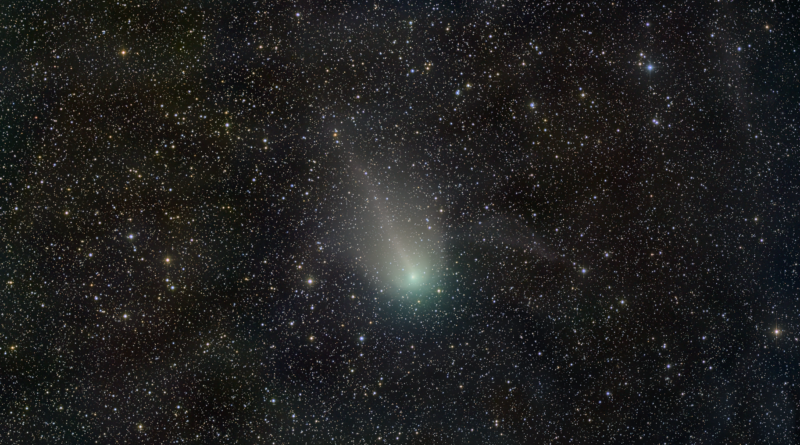A comet could photobomb the solar eclipse. Here’s where to look.
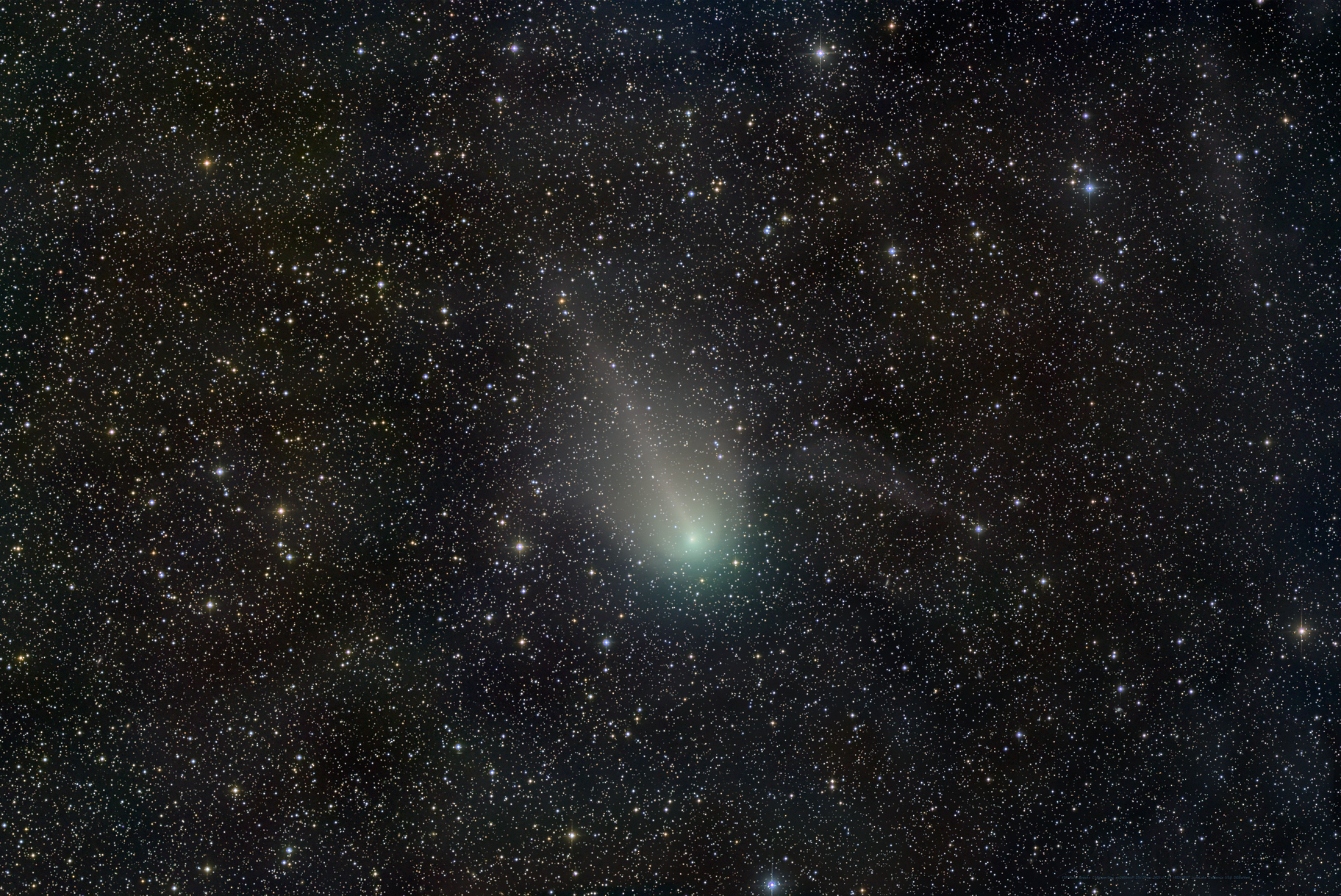
The corona isn’t the only thing optimistic eclipse chasers will try to see when the moon completely covers the sun over parts of North America next month.
Spectators will have a wee chance of seeing a comet with the naked eye or a standard pair of binoculars during the total solar eclipse on April 8.
Comet 12/P Pons-Brooks, which makes an appearance in the inner solar system every 71 years, will have its closest approach to the sun just two weeks after the eclipse on April 21. The timing of the visit means it could be visible in the temporary twilight that comes with a blocked sun. The key will be whether the comet — a space snowball — will undergo a sudden flare-up called an outburst a day or so before, said Tony Farnham, an astronomer with expertise in comet activity at the University of Maryland.
“Its forecasted brightness is right at the limit of most people’s ability to see that brightness, and that’s in a dark sky,” Farnham told Mashable. But “The thing about this comet is that it has a history of going into outbursts, a couple of which have actually been fairly large.”
During the eclipse, the moon will cast its shadow across the continent, starting on Mexico’s western coast at 11:07 a.m. PT, according to NASA, arcing from Texas to Maine, entering Canada through Ontario, and exiting on the Atlantic Coast from Newfoundland at 5:16 p.m. NDT. Major U.S. cities in this corridor, known as the “path of totality,” will include Dallas, Indianapolis, and Cleveland.
Totality is a rare opportunity for residents to see the sun’s glowing corona, the outer layer of the sun’s atmosphere, usually swamped out by the much brighter solar surface. The peak moment will last up to four minutes and 28 seconds for the tens of millions of people viewing it in the shadow’s path.
Comets can be spectacular astronomical events in their own right. They are enormous balls of ice, dust, and rock that formed in the outer solar system, left over from the early days of planet formation about 4.6 billion years ago. Their ice starts to disintegrate as they get closer to the sun, converting instantly from a solid to a gas, skipping over the liquid phase. That process creates their signature tails, millions-of-miles-long debris trails of vaporizing material.
Hundreds of years ago, comets were considered bad omens. Today, scientists know these icy bodies as time capsules of the ancient solar system. Some astronomers believe comets brought water and organic compounds — a.k.a. the building blocks of life — to early Earth.
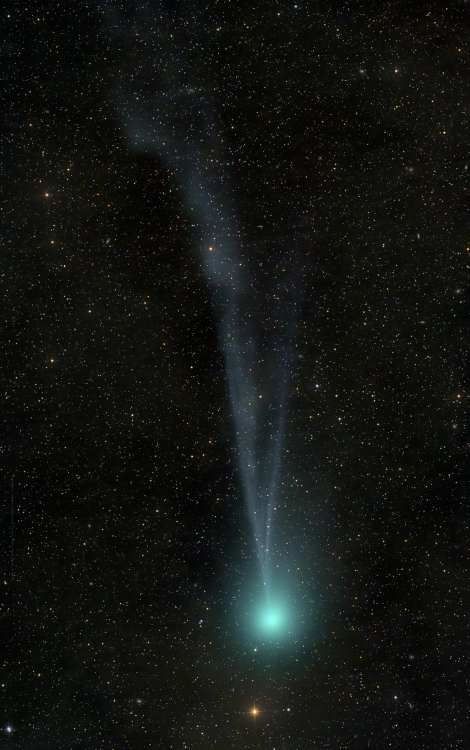
In the months leading up to April 8, eclipse cartographer Michael Zeiler has already mentally begun planning out his precious 4.5 minutes of totality.
“I’ll make a quick look for that comet,” he said. “But I won’t spend more than 10 seconds or so doing that.”
This large comet — which could have a nucleus up to 21 miles wide — has been compared to Star Wars‘ Millennium Falcon or a devil with horns for its unusual shape. Experts don’t fully understand what’s causing this distortion of its coma, the gas cloud around its nucleus. The last time Pons-Brooks, recently nicknamed the “devil comet,” swung by was in 1954.
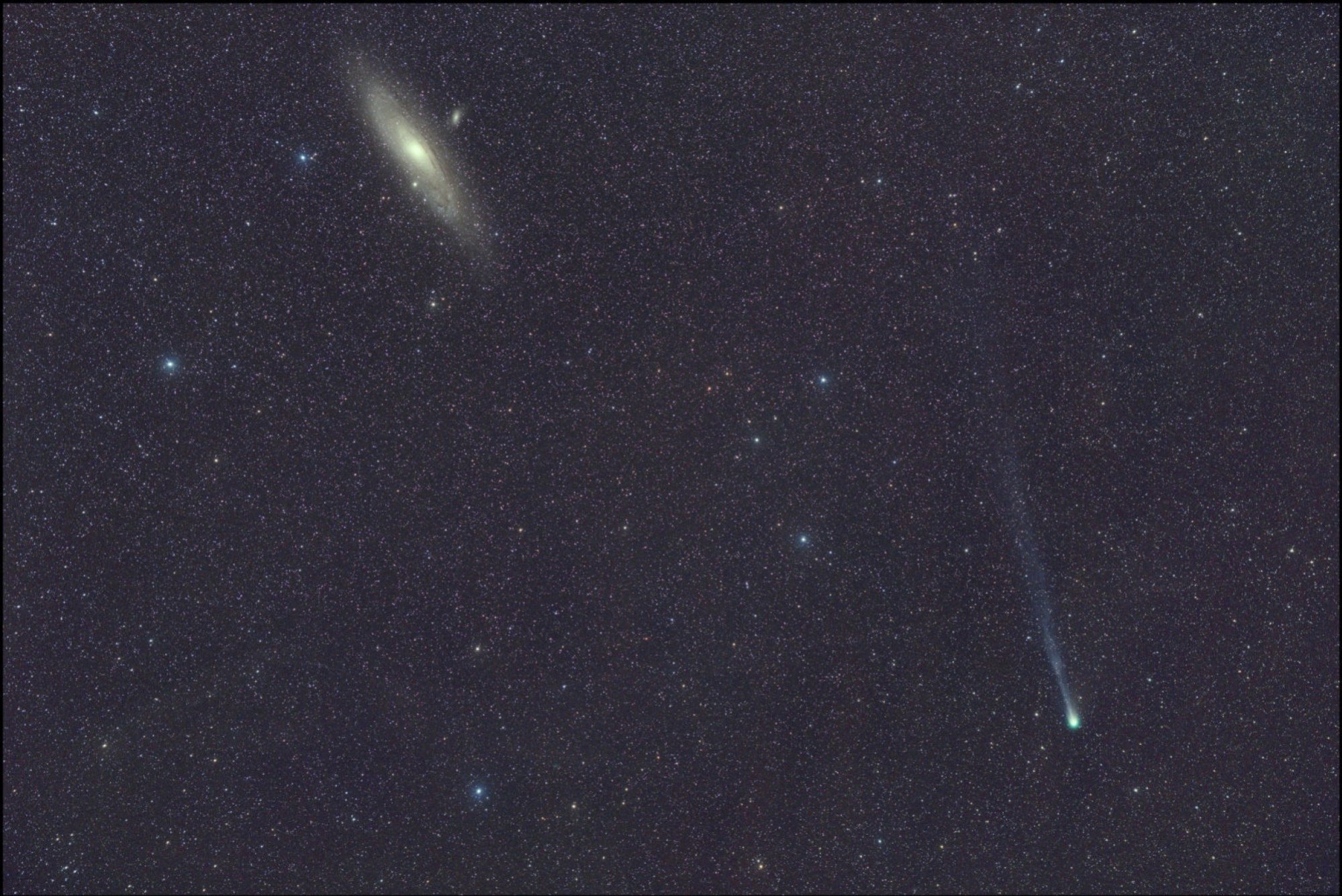
How to find Comet Pons-Brooks during the eclipse
Recently, the comet was popping in on the galaxy Andromeda in the early evening sky. But during the eclipse, it should be near Jupiter.
To locate it, Farnham recommends looking to the left of the totally eclipsed sun. About a hand’s length away should be Jupiter, which will look like a bright point of light, like a star. Using the planet as a reference, you may find the comet nearby while scanning around it with binoculars.
“If you look up in that vicinity and you see something fuzzy, that’s the comet,” he said.
“If you look up in that vicinity and you see something fuzzy, that’s the comet.”
Remember that it’s safe to use regular binoculars to look at a solar eclipse when the sun is completely concealed, but never during a partial eclipse, even if only the rim is exposed. Direct sunlight can also damage the optical parts of a camera, binoculars, or telescope — including the filters on protective solar eclipse glasses, if a person wears them while looking through one of these devices.

Still, astronomers are tempering people’s expectations for catching a glimpse of Pons-Brooks. Nalin Samarasinha, a senior scientist and comet expert at the Planetary Science Institute, said the peak magnitude of Halley’s Comet was around the same in 1986 as is predicted for this one on April 8, and he was unable to see Halley with the unaided eye in a predawn sky, a similar lighting condition to a total eclipse.
“I really doubt it will be a naked eye object (at least not with my eyesight),” he wrote in an email.
But for people planning to take pictures during totality, Samarasinha said it’s worth trying some long exposures with a wide-angle camera, as Pon-Brooks might make a faint photobomb, particularly if it undergoes an outburst.
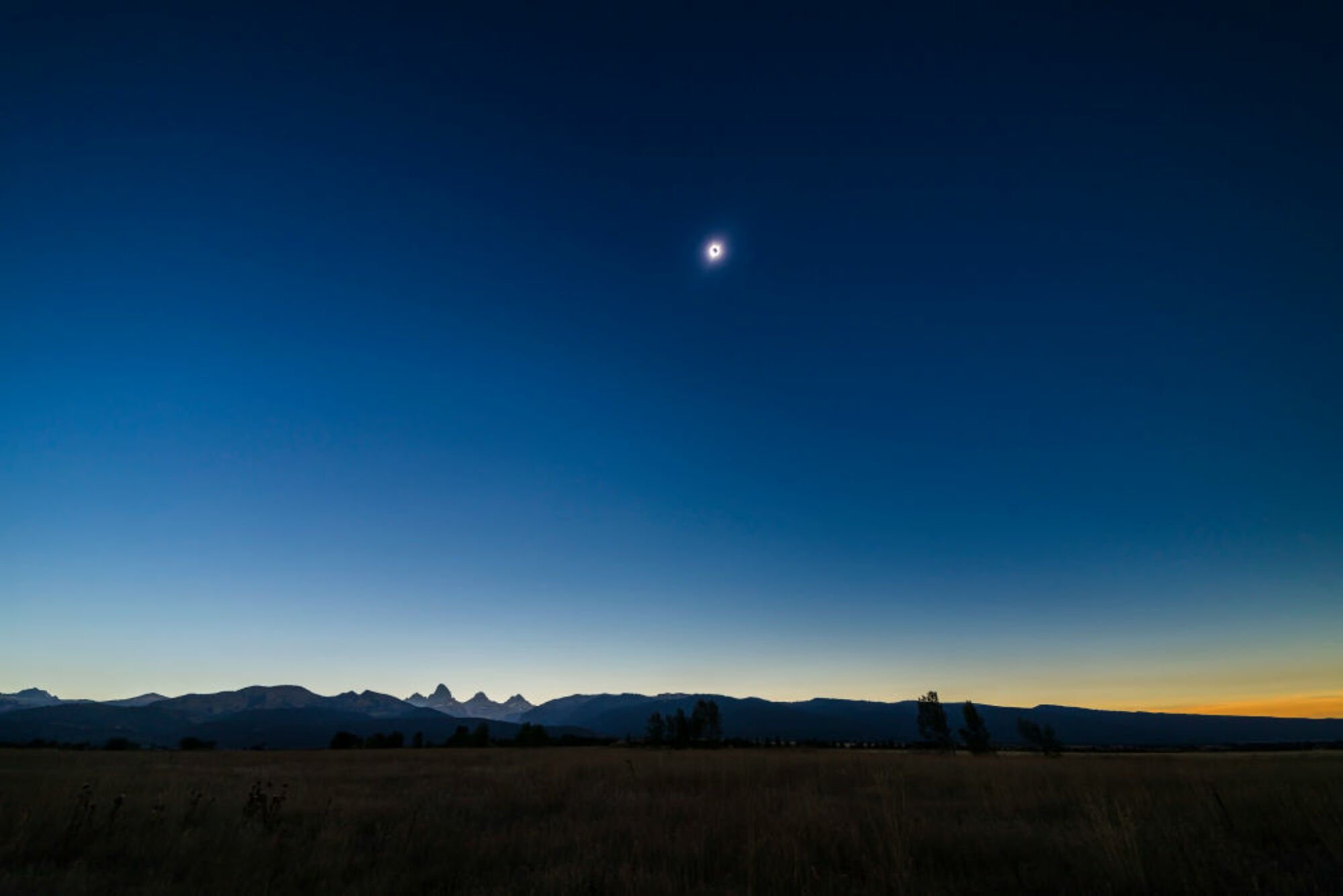
What causes a comet outburst?
Though scientists don’t know the exact cause of outbursts, one possibility is that heat waves from the sun make their way into a crack or pocket in the comet’s nucleus, causing volatile gasses to then vaporize and shoot out material in a burst of energy. Another possibility is that as the comet evolves, a cliff or escarpment may form on the nucleus, exposing fresh material that then becomes active.
The ever-changing dynamics are what drew Farnham to studying comets in the first place: They’re full of surprises. He plans to travel to Central Texas for the eclipse, and he will take a glance over for Pons-Brooks.
“If you see something, great, but if you don’t, the real story here is the eclipse,” he said.
